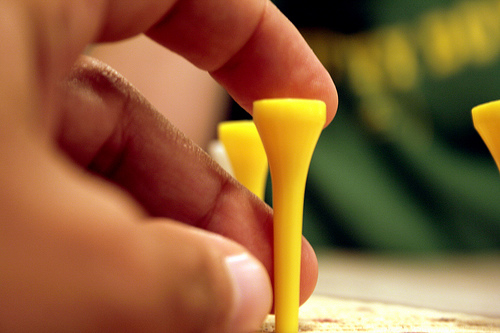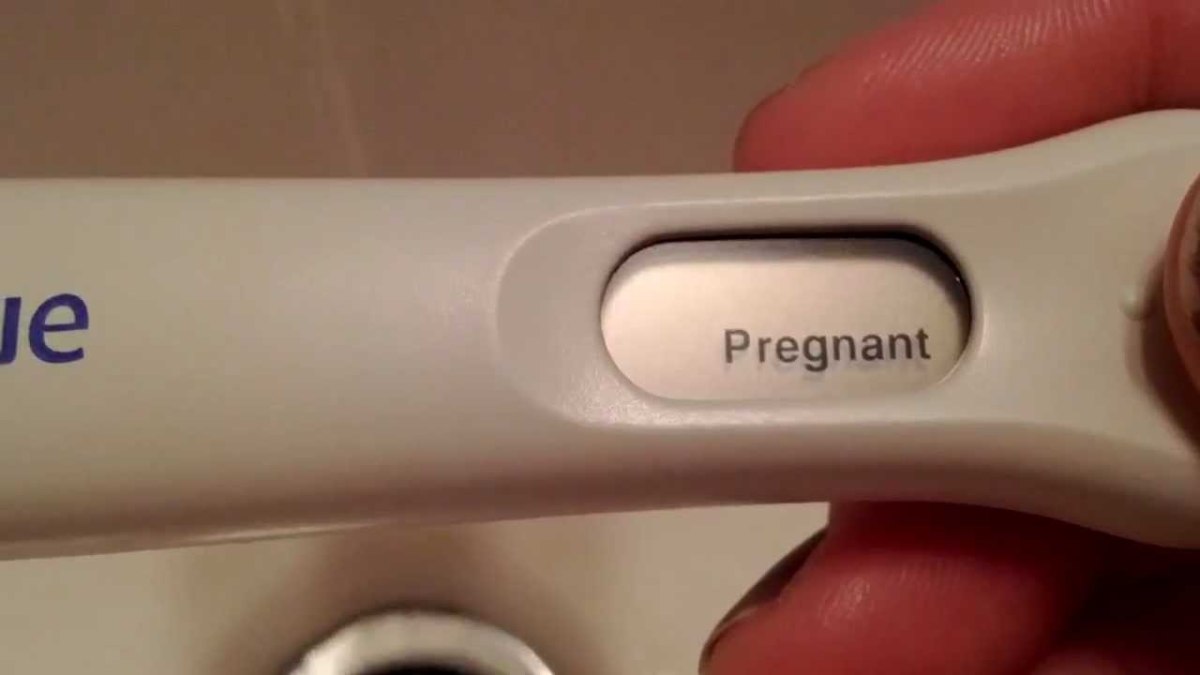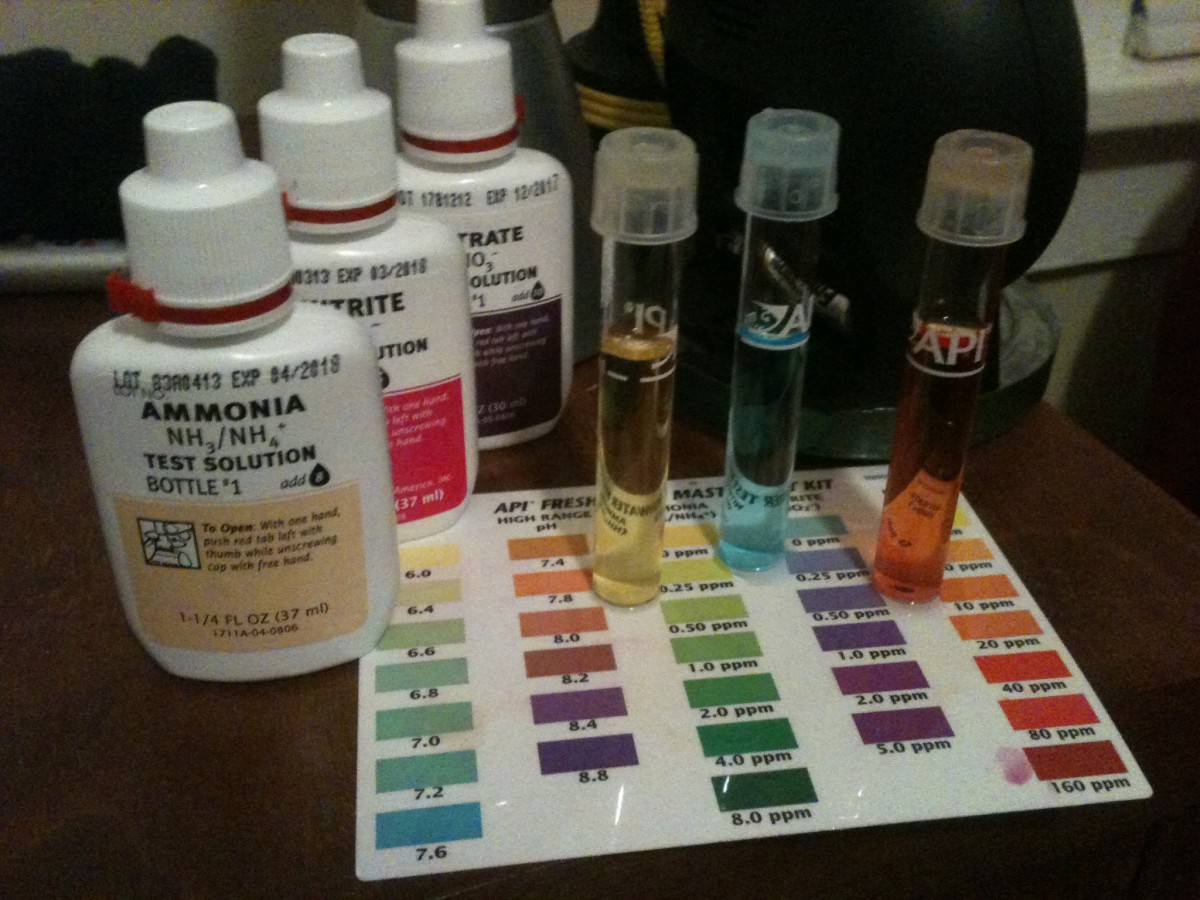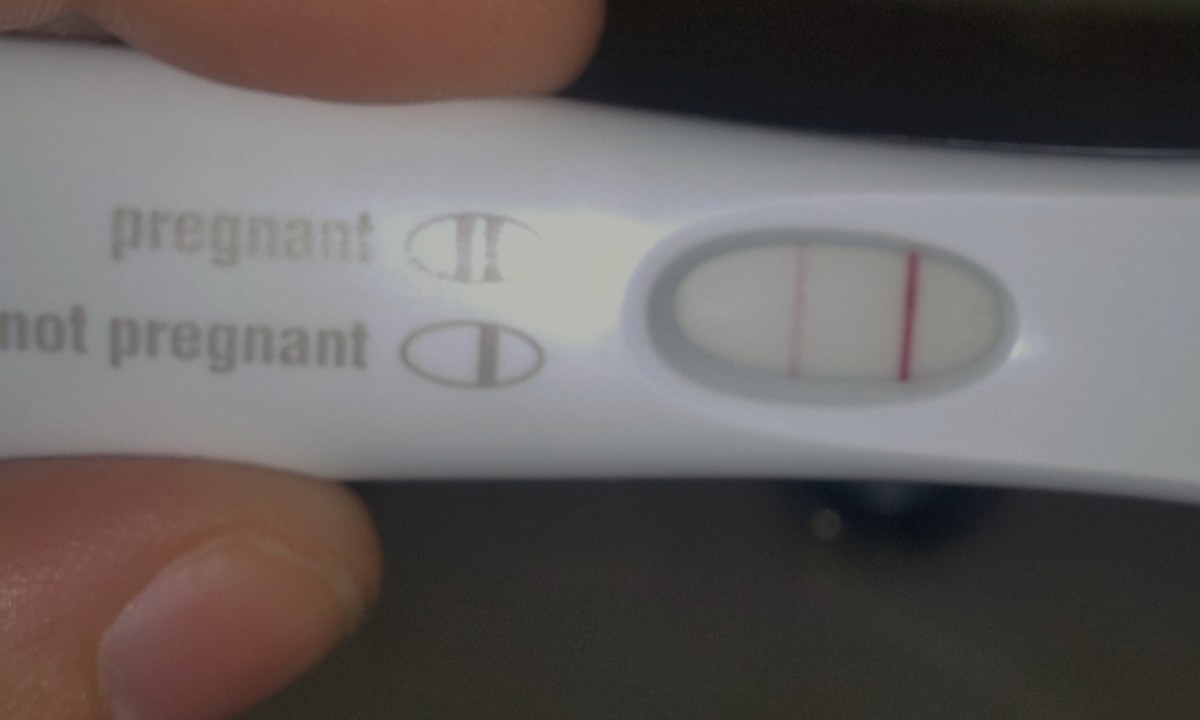Types of IQ Tests for Children
IQ tests are most often administered to children that appear to be bored or unchallenged in school and are suspected to have high learning capacities. If your child’s school does not recognize his capacity to learn or his learning environment is not stimulating to him, an IQ test can be helpful in demonstrating to his school his ability level so that changes in his learning curriculum may be made. Only a licensed psychologist should administer IQ tests, and an individual test is more accurate than group tests.

- How to Know if Your Child is Gifted
We all want to believe our little Johnny or Susie is the smartest thing since Einstein, but only some of us will be correct. If your child is truly - Gifted Children and Attention Deficit Disorder
Before my son was identified as gifted, teachers quietly nudged me to have him tested for something else. Maybe he had ADD. They didn't say it out loud but the message was clear. He was overly sensitive,...
What do intelligence tests measure?
IQ tests measure only a person’s aptitude, or abilities. It does not measure knowledge. So while your child may take standardized tests to measure his knowledge of mathematics or literature, these do not measure intelligence. Likewise, an IQ test will not reveal the level of your child’s knowledge on any subject—only his ability to learn.
The most common IQ Tests for children today are the Wechsler Intelligence Scale for Children - Fourth Edition (WISC-IV) and the Stanford Binet Intelligence Test - Fifth Edition (SB-V).
Wechsler Intelligence Scale
The WISC-IV was developed by French psychologist Alfred Binet, who was requested by the French Ministry of Public Instruction to develop a test to identify children of below average intelligence who could not be educated in normal public schools. American psychologist David Wechsler, who performed intelligence tests on US Army recruits. The WISC-IV is administered to an individual that contains no reading or writing. There are four index scores: Verbal Comprehension, Perceptual Reasoning, Working Memory, and Processing Speed. The verbal component of this test is administered orally, and performance subtests are nonverbal and may contain bonus points for fast completion. Subtest scores, IQ scores, and factor index scores are measured against a standard set by 2,200 children tested in a nationwide sample. However, results for each child taking the test should be examined carefully, since different children have different strengths and weaknesses that may affect their scores.
Stanford-Binet
The SB-V was developed by , like the WISC-IV, contains both verbal and nonverbal sections. It measures verbal reasoning, quantitative reasoning, abstract/visual reasoning, and short term memory. Test-takers are issued an initial vocabulary test, which determines the subtests to be administered. Results are measured against how the test-taker performs compared to others of his age. Because the Stanford-Binet is a more difficult test to administer, school psychologists often issue the Wechsler instead.









